
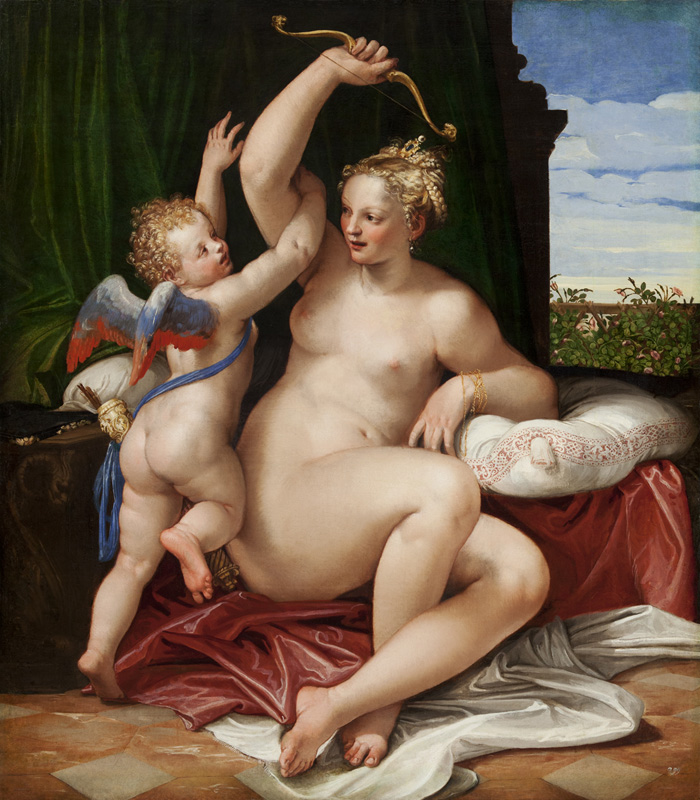
VENUS DISARMING CUPID
about 1555
Paolo Veronese
Italian, 1528-1588
Oil on canvas
Gift of Hester Diamond, 2013.50
Alternative Labels

I see Venus Disarming Cupid as an exploration of human relations, harmony and conflict, gender roles, and the tension between son and mother.
At first glance, Veronese's painting exudes softness, warmth and closeness—as if it depicts the paradise of childhood. On a closer look, however, the facial expressions seem to reveal a desperate Cupid and a more stoic Venus, fighting for the bow in what isn't just a carefree game, but a vital struggle. The action around the bow adds further complexity: Cupid's left hand appears feminine whereas Venus' lower right arm appears masculine, her hand firmly gripping the object of contention.
Suddenly, nudity is no longer a sole reference to paradise but the trigger of sexual desire. Venus conceals and reveals her bodily charms to us, in front of a dark curtain, with the sun setting. As we know from Ovid's Metamorphoses, the classical text that contains the episode alluded to by Veronese, Cupid's punishment for playfully scratching his mother with his love-inflicting arrow comes too late, as the goddess of love has already fallen for a mortal, Adonis, who will die shortly after their first and only encounter — sexual desire and loss.
Along with the explosion of colors and forms, Veronese's capacity to make Ovid's story so gripping and universal makes it one of the greatest works in our collection of European masters.

Venus’ smile.....
Each time I turn to this painting, my eye is drawn immediately to her smile: mischievous, knowing. Clearly, she is in control; clearly, she is enjoying herself! There is something so captivating in her smile, leading me to remember that wonderful moment of saying “yes” to the heart and the delights of first love.... I must confess that I hardly notice Cupid at all... Rather, it is Venus (and her smile) who takes me beyond the painting to thinking of the world’s women who have little or no power in their lives, who are rarely able to delight or playfully tease when it comes to matters of their hearts. I hold these women in my own heart, wishing for them the freedom Veronese has imagined for Venus: the freedom to choose how their lives will unfold, and the freedom to smile in matters of the heart.

Cupid is a trying child, indeed. Is Venus about to give her son, Cupid, a thrashing or is she merely restraining him from the impish pranks that will eventually cause her to fall from Olympus?
I see the tension in this painting between maternal authority, lovingly imposed, and a near riot of seductive — and destructive - sensuality. Any parent can identify with the gesture — taking a dangerous or restricted object from an overly enthusiastic child. Perhaps Venus is even readying to chastise Cupid, turning his weapon against him, not as a bow and arrow but as a whipping stick.
But zooming out, away from the gestural focus, I ask myself, “what about all that flesh?” To me, this painting celebrates the playful sensuality of motherhood, a subject almost taboo today (but then we live in a culture where the discourse about mothering is more limited than ever as women’s bodies are increasingly subjected to legislative control).
In Ovid’s Metamorphoses, the inadvertent scratch from Cupid’s arrow to Venus’ breast is a love potion causing her to flee the heavens into the arms of her earthly, beloved Adonis. I see a strange and perverse logic of justice in ancient mythology. Cupid’s carefree arrows summon the creative and destructive powers of love wherever they go. His mother, Venus (why are the mothers always to blame?) suffers for creating such a miscreant by becoming his target. Adonis, born of Myrrha’s incestuous desire for her father Cinyras, becomes the cause of Venus’ heartbreak and fall from the heavens, punishment for creating Myrrha’s immoderate love. And Cupid goes his merry way. I think that in this gorgeous painting Veronese captures the sensuality of the creative cycle, and like Ovid, is not embarrassed to show it for what it is.

The first thing that jumps off the canvas for me is the vivid colors created by this Renaissance artist. There is a richness and depth of color not only with the two characters, but also in the setting, including the deep blue sky and the rich purple beneath. His use of the red on their cheeks and feet also stands out. But most of all, the action of Venus taking away Cupid's child-sized bow is so alive, so vivid, that I almost hear him begging for it back! The legend says that Cupid scratched one of her breasts with an arrow in his quiver, but this painting does not reflect that. Venus just takes it away from the child, as if she is tired of being the goddess of love. I wonder why she is taking it away?
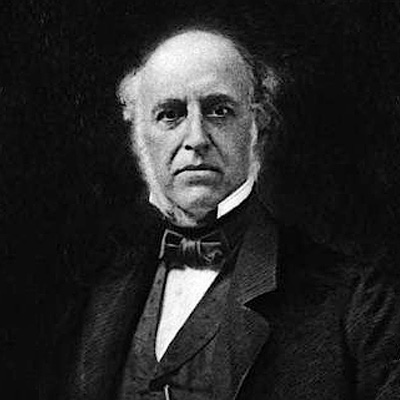
Venus, playing one day with her boy Cupid, wounded her bosom with one of his arrows. She pushed him away, but the wound was deeper than she thought. Before it healed she beheld Adonis, and was captivated with him. She no longer took any interest in her favourite resorts- Paphos, and Cnidos, and Amathos, rich in metals. She absented herself even from heaven, for Adonis was dearer to her than heaven. Him she followed and bore him company. She who used to love to recline in the shade, with no care but to cultivate her charms, now rambles through the woods and over the hills, dressed like the huntress Diana; and calls her dogs, and chases hares and stags, or other game that it is safe to hunt, but keeps clear of the wolves and bears, reeking with the slaughter of the herd. She charged Adonis, too, to beware of such dangerous animals. "Be brave towards the timid," said she; "courage against the courageous is not safe. Beware how you expose yourself to danger and put my happiness to risk. Attack not the beasts that Nature has armed with weapons. I do not value your glory so high as to consent to purchase it by such exposure. Your youth, and the beauty that charms Venus, will not touch the hearts of lions and bristly boars. Think of their terrible claws and prodigious strength! I hate the whole race of them. Do you ask me why?" Then she told him the story of Atalanta and Hippomenes, who were changed into lions for their ingratitude to her.
Having given him this warning, she mounted her chariot drawn by swans, and drove away through the air. But Adonis was too noble to heed such counsels. The dogs had roused a wild boar from his lair, and the youth threw his spear and wounded the animal with sidelong stroke. The beast drew out the weapon with his jaws, and rushed after Adonis, who turned and ran; but the boar overtook him, and buried his tusks in his side, and stretched him dying upon the plain.
Venus, in her swan-drawn chariot, had not yet reached Cyprus, when she heard coming up through mid-air the groans of her beloved, and turned her white-winged coursers back to earth. As she drew near and saw from on high his lifeless body bathed in blood, she alighted and, bending over it, beat her breast and tore her hair. Reproaching the Fates, she said, "Yet theirs shall be but a partial triumph; memorials of my grief shall endure, and the spectacle of your death, my Adonis, and of my lamentation shall be annually renewed. Your blood shall be changed into a flower; that consolation none can envy me." Thus speaking, she sprinkled nectar on the blood; and as they mingled, bubbles rose as in a pool on which raindrops fall, and in an hour's time there sprang up a flower of bloody hue like that of the pomegranate. But it is short-lived. It is said the wind blows the blossoms open, and afterwards blows the petals away; so it is called Anemone, or Wind Flower, from the cause which assists equally in its production and its decay.
Milton alludes to the story of Venus and Adonis in his "Comus":
"Beds of hyacinth and roses
Where young Adonis oft reposes,
Waxing well of his deep wound
In slumber soft, and on the ground
Sadly sits th' Assyrian queen;" etc.
Alloy Orchestra is a three man musical ensemble, writing and performing live accompaniment to classic silent films. Working with an outrageous assemblage of peculiar objects, they thrash and grind soulful music from unlikely sources. As part of special programming, Alloy Orchestra collaborated with the Worcester Art Museum in December to create two musical labels for artworks in the [remastered] exhibition. The original score produced from this project highlights The Vision of St. Jerome and Veronese's Venus Disarming Cupid and was performed and recorded live at the museum.
The unique experience of creating musical art in a magical space elicits some interesting responses from orchestra members:
“At first, my reaction was "how do you write a soundtrack to a painting?" But as I looked at the two artworks, and read a little about the subject matter, I realized that each of the two paintings represented just one moment in a very dramatic scene. It could be approached like a single scene from a movie soundtrack - with a progression of emotions that develop along with the characters. I felt that the musical accompaniment was an excellent way of focusing the critical gaze of both the audience and the musicians. I personally have a hard time spending 10 minutes just looking at a painting and thinking about it. Having a time-based art, such as music, comment on the painting, helped me keep my mind on the work.” - Ken Winokur
“At first I was a bit apprehensive about accompanying a still painting after years of working with moving images. But once we set up in the gallery and were surrounded by such incredible works of art, it seemed very natural. The paintings and stories behind them were naturals for musical interpretation. Hopefully we'll have the chance to work with WAM again in the future.” -Terrence Donahue
“My primary interest in painting is pre-Renaissance and post-1880, so I was concerned that these paintings were going to pose a problem for me. However, they both had a gripping story and that story became our focus. My interests in mythology and ancient belief systems allowed me to dig into the paintings and feel the underlying ideas. The resulting music felt quite spontaneous and not unlike Alloy Orchestra's work with silent film. I felt the collaboration (WAM/The two painters/Alloy Orchestra) was a pleasurable success.” - Roger Miller
Take a look in the Worcester Art Museum archives and learn more about your favorite pieces.
Files are in .pdf format. Please allow a few moments to load.
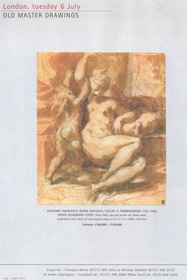
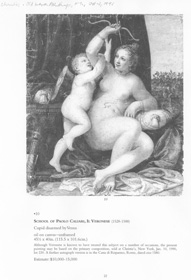
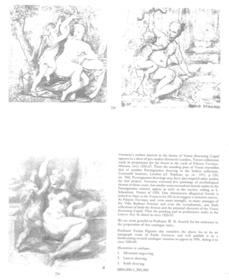
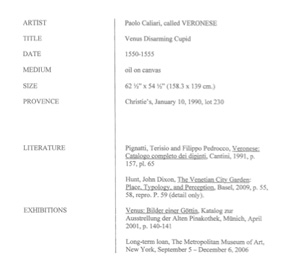

 Sign up for WAM eNews
Sign up for WAM eNews